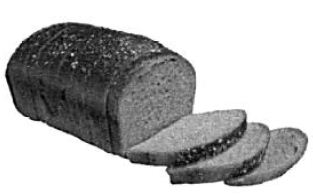What are enzymes?
To keep us alive, various processes keep on going in our body. These are largely chemical reactions.
To speed up these reactions, the body cells produce catalysts which are known as enzymes. A single cell may contain 100,000 different enzymes, which are needed to take part in its 1000 to 2000 chemical reactions.
Some enzymes link simple substances together to form the more complex ones needed to build up tissues. Some digestive enzymes convert food into simple substances. The enzymes are made of protein and each enzyme has a different shape. It has an active site known as the lock. It is shaped so that only a molecule of the correct shape and size known as the key, can produce a chemical reaction. After the reaction, the product separates from the enzyme, leaving as it is A particular type of enzyme can take part in only a particular reaction. Enzymes work best at a particular temperature, hence we have constant body temperature. Some digestive enzymes are:
(i) Amylase: Present in saliva and pancreatic juice. It converts starch to sugar.
(ii) Maltose: Present in saliva and small intestine. Converts starch to sugar.
(iii) Pepsin: Produced in the stomach. Breaks down protein.
(iv) Renin: Present in the stomach. It helps to digest milk.
(v) Trypsin: Produced by the pancreas, it breaks down proteins.

